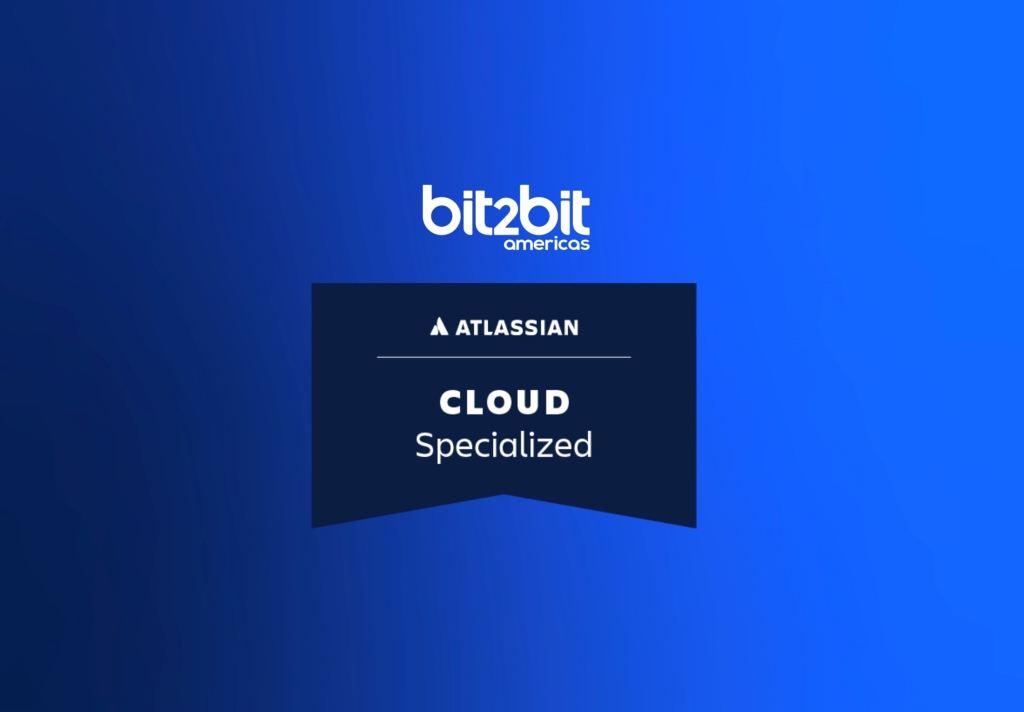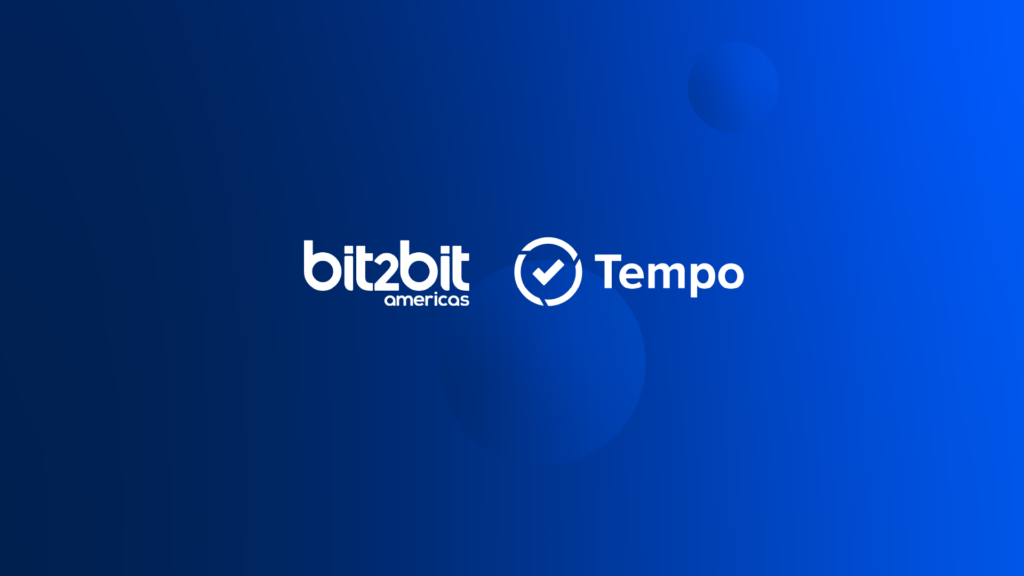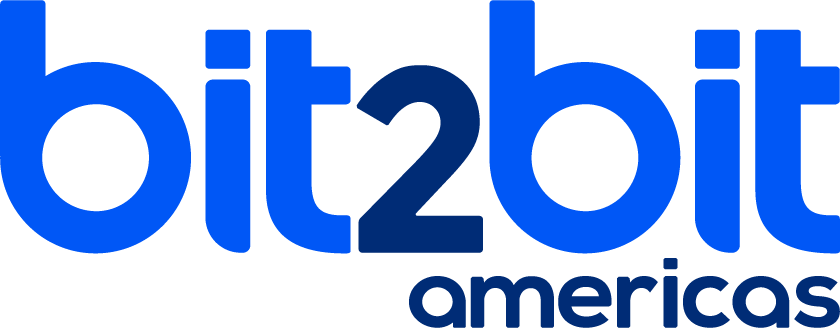Atlassian ITSM

Power, improve and monitor your company’s IT services. Learn more about the Atlassian ITSM solutions we have at bit2bit Americas.
4 Reasons to Migrate to Cloud

Still thinking if Atlassian Cloud is the right platform for your business? See 4 reasons to migrate to cloud…
Debunking 5 myths about Cloud

We bust the most common misconceptions that keep businesses hesitating and debunk 5 myths about moving to the cloud.
Transform your company with high-velocity

See why customers prefer Jira Service Management and be ready to bring your ITSM into the 21st century.
Atlassian Partner of the year 2021 in emerging markets

Atlassian announced today that bit2bit Americas has received Atlassian Partner of the Year 2021 in Emerging Markets …
New partner: UiPath

We are pleased to announce that bit2bit Americas is now a partner of UiPath, a leading RPA platform (Robotic Proce …
bit2bit Americas becomes an official Atlassian Specialized Partner in Cloud

bit2bit Americas becomes an official Atlassian Specialized Partner in Cloud. We are dedicated…
New Partnership: Datadog

We are excited to announce our Partnership with Datadog, an essential monitoring and security platform for cloud applications which …
Tempo Partner Awards 2023

bit2bit Americas is pleased to announce it has become an official Atlassian Specialized Partner in ITSM….
New partner: Miro

We are pleased to announce the beginning of our partnership with Miro. Miro is a platform that allows …
